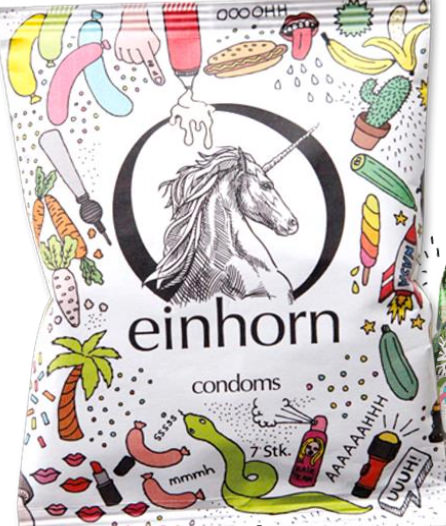Stretching the conversation about sustainable natural rubber
Nobody would raise an eyebrow if tyre manufacturers are hosting a conference to push for a sustainable and ethical rubber industry. After all, three thirds of global natural rubber are produced to make car, truck and plane tyres, and the manufacturers helped found the Global Platform for Sustainable Natural Rubber.
But it was amusing that the “Sustainable Natural Rubber: Pathways, Policies and Partnerships” conference held in September was co-organised by a German condom company. The company was quite successful in getting sustainably produced rubber into the market. In the keynote presentation, the company’s representative concluded that “no one is too small to make a difference” and even distributed their products afterwards.
The demand for natural rubber is decimating forests, putting wildlife and critical ecosystem services at risk, thus it is important that big guns and rising players in the rubber value chain – from tyre companies, car companies, rubber processors, shoe brands, farmers, research institutions and conservation NGOs – to come together to find a solution. Most of the conference participants are founding members of the Global Platform for Sustainable Natural Rubber for a fair, equitable and environmentally sound natural rubber value chain. And it is fitting for the conference to be held in Thailand where most of the world’s natural rubber is produced (35 per cent).

A German brand makes condoms with sustainably produced rubber
Left: Rubber Agroforestry, Right: Conventional Rubber Plantation
Having designed a rubber agroforestry system that increases the ecological services of rubber plantations and wins the acceptance of farmers in South China, KFBG was invited to the workshop to share our experience.
China is the biggest consumer of natural rubber in the world (39 per cent) and comes fifth in rubber production (seven per cent). Almost all of China’s rubber production is concentrated in tropical Yunnan (51 per cent) and Hainan Island (48 per cent). In Yunnan, rubber occupies 21 per cent of the total land area while in Hainan it is 16 per cent. Rubber had caused so much deforestation and loss of biodiversity, but as a strategic crop, also helped alleviate poverty in the country. It was concluded in an international rubber conference held in Yunnan in 2016, that China have no other option but to live with rubber.
That said, it doesn’t mean the deforestation can go on.
Since 2010, the Kadoorie Conservation China department have been working with the local government, nature reserves, and farmers to develop an exemplary rubber agroforestry system. Bitter cardamom (Alpinia oxyphylla), a shade loving medicinal plant from the ginger family, together with dumpling leaf (Phrynium capitatum) are planted as under-storey crops. Ecologically, the two low-lying crops are critical in preventing soil erosion and providing plant residue mulch that increases organic matter and water retention. The crops also deter the farmers from spraying herbicides. High value local timber trees, agarwood (Aquilaria sinensis) and rosewood (Dalbergia odorifera) are also intercropped as a long-term source of income. To mimic the complexity of natural forests and pollinate the bitter cardamom, farming of stingless bees and Chinese honey bees are integrated into the model.
Agroforestry with Rubber – Cardamom – Dumpling Leaf
This is a win-win for human and nature. With a five-year drop in the price of rubber, the cardamom had become a major alternative source of income. The agroforestry system could significantly increase ecological services compared to mono-crop rubber. Now this rubber agroforestry occupies more than 10,000 hectares in Hainan and is one of the best rubber production models so far in South East Asia, where 90 per cent of the rubber supply is produced.
This explainer won the Best Poster Prize at the 4th World Congress on Agroforestry this year. It sums up the concept and benefits of our rubber analogue agroforestry system in Hainan.
In 2017, the China Chamber of Commerce of Metals, Minerals and Chemical Importers and Exporters had published the Guidance for Sustainable Natural Rubber. Tyre, rubber glove and shoe companies could seize the opportunity to source their rubber from the small holder farmers in Hainan to increase their brand value. Surveys show that consumers are willing to spend more on sustainably produced products, and this was attested by the growth of the German condom company.


.jpg)

